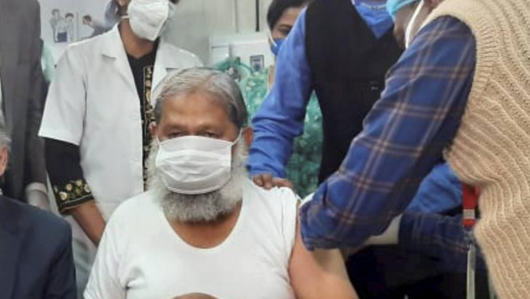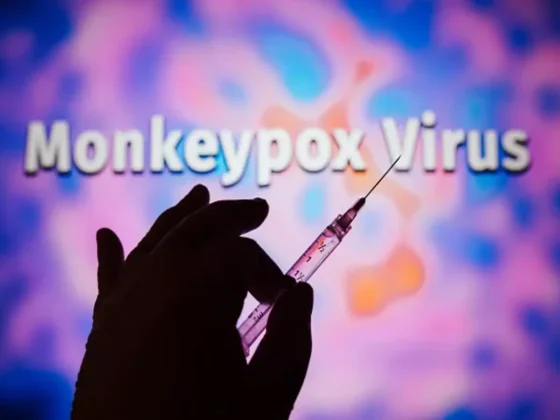Since the COVID-19 pandemic started, the health organizations like the WHO are laying importance on the necessity for testing. The researchers have suggested that rapid research can help to bring an end to the pandemic within weeks.
However, developing tests with reduced turnaround has been a challenge for the researchers. because the disease develops and therefore the refore the scientists find more ways around it and the most up-to-date development in COVID-19 testing is that the use of AI , where AI can see, and listen to COVID-19 in your lungs.
According to latest reports, Dr Mary-Anne Hartley, a medical doctor and researcher in EPFL’s intelligent Global Health group (iGH) and team, have developed new algorithms to spot patterns of COVID-19 in lung images, and breath sounds, using AI . The algorithms are called DeepChest and DeepBreath. they will accurately diagnose the novel coronavirus in patients and even predict the likelihood of severity of the disease.
“We’ve named the new deep learning algorithms DeepChest – using lung ultrasound images – and DeepBreath – using breath sounds from a digital stethoscope. This AI helps us better to know complex patterns in these fundamental clinical exams. So far, results are auspicious,” said Professor Martin Jaggi, a world-leading hub of AI specialists.
CHUV, Lausanne’s University Hospital, is leading the clinical a part of the DeepChest project. they’re liable for collecting thousands of lung ultrasound images from patients with Covid-19 compatible symptoms admitted to the Emergency Department.
Dr. Noémie Boillat-Blanco, who is that the PI , explains that the project started in 2019, first trying to spot markers that might enable better identification of viral infection versus bacterial ones. However, the project took a more specific COVID focus in 2020.
Dr. Noémie Boillat-Blanco said, “Many of the patients who agreed to require part in our study were scared and really ill, but they wanted to contribute to broader medical research, a bit like we do. i feel there’s a collective motivation to find out something from this crisis and to integrate new knowledge domain into everyday practice rapidly.”
Professor Gervaix said, “Pneumoscope with the DeepBreath algorithm are often compared to applications which may identify music supported a brief sample played. the thought came from my daughter once I explained to her that auscultation allows me to listen to sounds which help me identify asthma, bronchitis, or pneumonia.”
Dr Hartley said, “There remains much work to try to to . We are continuing to refine and validate the algorithms and make the complex recorder logic more interpretable to clinicians. we would like to form robust, trustworthy tools that reach beyond this pandemic.”
“Work is additionally underway to develop an application that permits these complex deep learning algorithms to figure on mobile phones, even within the most remote regions.”
“None of this work would are possible without the incredible students and researchers from everywhere the planet who have donated their time and expertise during a tumultuous period.”
Findings important for Pneumonia testing also
The researchers are watching collecting more data. The findings can are available useful for pneumonia diagnosis, even when the COVID-19 pandemic subsides. Pneumonia continues to be one among the most reasons of death among children under five years aged . it’s also reported together of the explanations for antibiotic resistance, especially in low-income countries.
Hartley said, “we want to gather data from under-represented communities in order that our tools are often accurate even in low settings. Our algorithm is, as an example , specifically designed to tolerate errors in image or sound collection and inconsistent quality, which are more likely in those sorts of settings.”
They are already performing on extending these models to differentiate between viral and bacterial pneumonia.
Hartley concluded, “COVID has sensitized people to the vulnerability of public health, and its enormous complexity. the necessity to create large scale AI research efforts to know and react to rapidly emerging data has never been more obvious. Let’s hope the momentum continues beyond the pandemic and may be wont to enable equitable access to health care,” reported TechExplorist.










